From French pharmacy finds to the rise of Ayurveda, here in the UK we love investing in beauty from faraway destinations. When it comes to skincare and make-up, however, few continents have as much to offer as Asia. One country in particular that has emerged as the epicentre for skincare innovations is South Korea – so much so it has coined its own umbrella term: K-Beauty.
Our obsession with K-Beauty on home soil is no fleeting love story. In fact, Boots' annual Beauty Trends Report 2025 has identified 'Beauty without borders' as a major trend for the coming year, in which Korean skincare will continue to lead the way. In the report, Boots claims, 'Demand for international beauty products is surging, with one Korean skincare product selling every 30 seconds at Boots, and it now representing over a tenth of the Boots’ Everyday Skincare category’s sales.' Since introducing K-Beauty to its shelves in 2024, Boots has fast-become the high street shopping destination for all things Korean beauty, whether you're restocking on the well-loved Beauty of Joseon range or finally getting your hands on the viral Tirtir Mask Fit Red Cushion Foundation, £25.
But why is K-Beauty so well loved? For many of us, skincare simply includes a touch of micellar water, a slathering of a good cleanser, a touch of moisturiser, and three finger lengths worth (the derm recommended measure) of SPF, but in South Korea, taking care of your skin is a way of life and deeply embedded in the culture. Skincare routines are drilled into young girls (and boys) from a young age, and glowing, radiant skin is a sign of health and something worth investing significant time and money in.
'Korea has become a hub for healthy skin largely due to its long-standing cultural emphasis on skincare and beauty rituals,' says Charlotte Cho, founder of leading K-Beauty brand Then I Met You, which has launched at Space NK. 'The Korean beauty industry is renowned for its innovation, high-quality products and use of gentle, natural ingredients and accessibility in price. In addition, due to a very highly educated consumer base that sees skin as general hygiene practices and understand the importance of preventative skincare, the beauty market in Korea is highly competitive, pushing brands to constantly innovate and improve their offerings. This relentless pursuit of excellence has positioned Korea as a leader in skincare, setting global standards for healthy, radiant skin.'
South Korea is paving the way when it comes to creating new, game-changing ingredients, formulas and products – by always being a few years ahead of the west, big skincare companies around the world look to Korea for inspiration when dreaming up their own new lotions and potions. BB creams, double cleansers and sheet masks are all K-Beauty trends that have now made their way into the mainstream beauty market (and into our bathroom cabinets). Keen to tap into the world of revolutionary skincare? Read on.
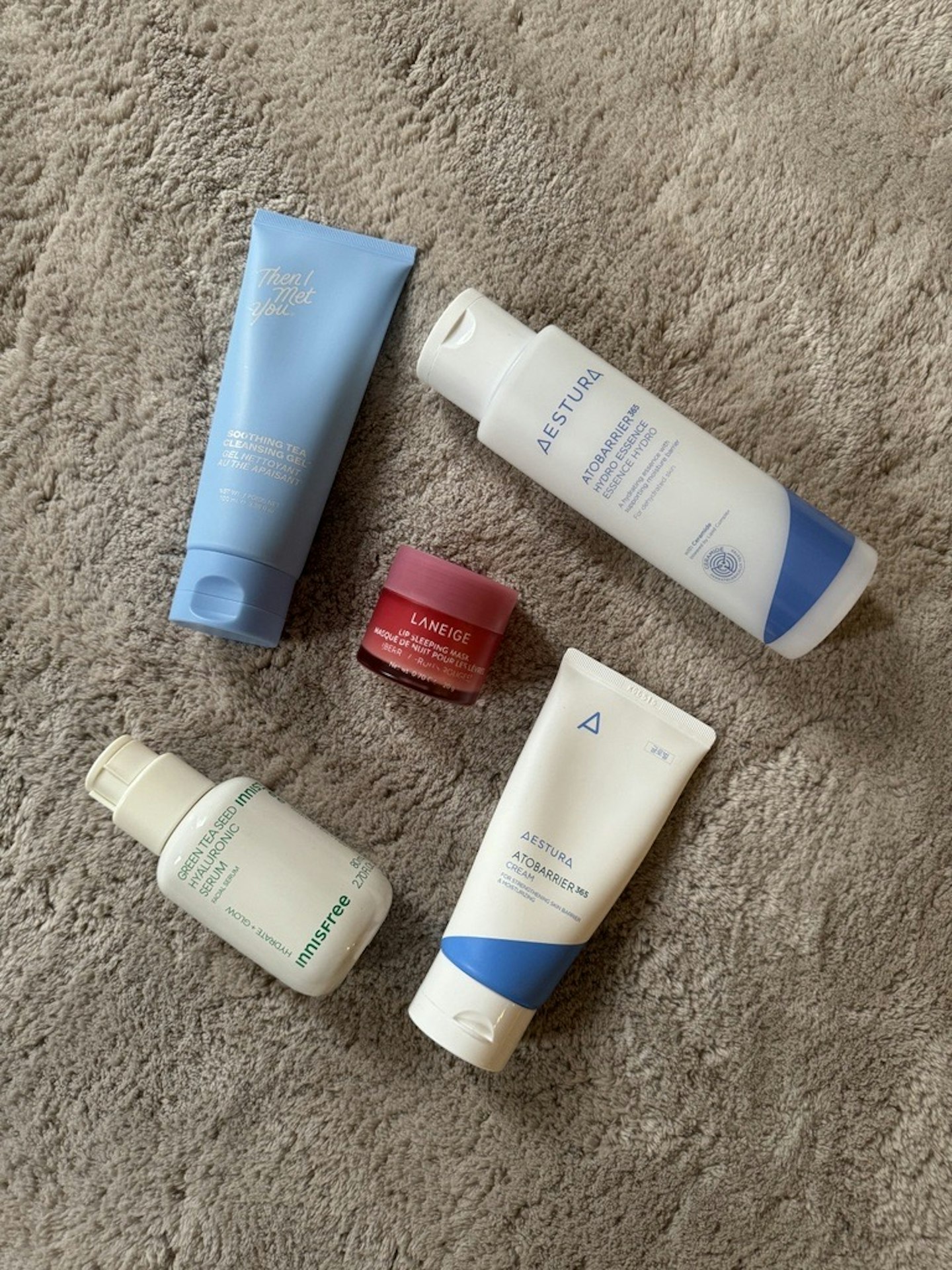
What does K-Beauty mean?
K-Beauty, or Korean beauty, is a skincare philosophy and regimen originating from South Korea that focuses on achieving and maintaining healthy, glowing skin, explains Cho. 'What makes K-Beauty unique is its holistic approach to skincare, emphasising hydration, nourishment, and gentle care. The multi-step routine, which can include up to ten steps, is designed to thoroughly cleanse, hydrate, treat, and protect the skin.'
K-Beauty products also often feature innovative formulations, new delivery systems and unique ingredients, such as snail mucin, pimple patches, sheet masks and fermented extracts, and collectively these are the features that set it apart in the globalised beauty space.
Why is K-Beauty so popular?
There are several factors that have fuelled the rise of K-beauty. Cho says, firstly, the effectiveness of the products speaks for itself—consumers see real, visible results. Secondly, K-Beauty offers a sense of ritual and self-care that resonates with people seeking more than just a skincare routine. Thirdly, the innovative ingredients and formulations intrigue beauty enthusiasts looking for new and effective solutions. Finally, the influence of South Korean pop culture and social media has helped spread the word about K-Beauty, making it accessible and desirable to a global audience.
The best K-beauty ingredients:
There are a host of key ingredients that often feature in K-Beauty products and each of them are known for their effectiveness and skin health benefits. According to Cho, the most popular ingredients include:
-
Snail Mucin: Known for its regenerative properties, it helps with hydration, healing, and anti-aging.
-
Centella Asiatica (Cica): Famous for its soothing and healing abilities, it’s great for sensitive and acne-prone skin.
-
Hyaluronic Acid: A powerful hydrator that helps the skin retain moisture and stay plump.
-
Propolis: Known for its antibacterial and anti-inflammatory properties, it’s excellent for healing and soothing the skin.
-
Niacinamide: A form of vitamin B3 that helps brighten the skin and improve its barrier function.
Collectively, 'these ingredients are essential to maintaining skin health by providing hydration, reducing inflammation, promoting healing, and protecting against environmental damage,' says Cho.
What is a K-beauty routine?
K-Beauty routines can involve many steps, each designed to address specific skincare needs. However, you don't need to use all of the steps and can pick and choose based on your skin type and skin goals. Cho breaks down a typical K-Beauty routine below:
-
Step 1 - Oil Cleanser: Removes make-up and impurities.
-
Step 2 - Water-based cleanser: Cleanses any remaining residue.
-
Step 3 - Exfoliator: Removes dead skin cells (used a few times a week).
-
Step 4 - Toner: Preps the skin and balances pH levels.
-
Step 5 - Essence: Hydrates and enhances skin repair and cell turnover.
-
Step 6 - Serum/Ampoule: Targets specific skin concerns like pigmentation or fine lines.
-
Step 7 - Sheet Mask: Provides intense hydration and nutrients.
-
Step 8 - Eye Cream: Moisturises and protects the delicate eye area.
-
Step 9 - Moisturiser: Locks in all the previous layers and keeps the skin hydrated.
-
Step 10 - Sunscreen: Protects the skin from UV damage (morning routine).
The best Korean skincare brands:
There are so many brands to choose from when it comes to K-Beauty – no wonder some of the skincare routines are a 10-step process. Deciding on the best brands depends on what you're looking for, but some of the most popular Korean beauty names include Then I Met You, Laneige, Beauty of Joseon, Dr. Jart+, AESTURA, Innisfree and Glow Recipe.
There's also Saturday Skin, famous for its sheet masks, as well as Insta-friendly Oh! K, which specialises in cute packaging and Erborian, which marries the science behind K-Beauty with French luxury.
I tried K-beauty for a month, here's what happened:
First up, it's about getting the routine right. Seven-steps? 10-steps? 15-steps? The jury is out on how many steps are actually in an average Korean skincare routine but one thing is for sure, there is a lot more than the classic cleanse, tone and moisturise we’re sold here in the UK. While it may sound intimidating at first, it’s important to point out that not every step is needed every morning or night, and some are only used once or twice a week. Plus, it goes without saying that choosing to embark on such a routine is a time commitment (in the evenings it can be up to fifteen minutes).
I sadly lack the patience and, in the name of consistency, I built a concise routine I knew I could stick to every day, twice a day. When picking the products in my line-up, I started off by considering my skin type. I'm pretty normal (neither too oily, nor too dry) but I suffer with bouts of acne breakouts. The latter condition was my primary incentive for switching from a regular routine to a K-beauty one, after watching countless TikTokers saying they had solved their acne struggles by switching to a K-beauty regimen.

My routine for the last month has consisted of a gel cleanser, a hydrating essence, a calming serum, a protective moisturiser, an SPF 50 and a lip mask. Before I began using these products, my skin was sore, red and inflamed thanks to hormonal acne and a hiatus from facial laser skin treatments which usually helps to keep things at bay. A month on, my skin feels balanced, calm and is no longer ridden with active acne. I put it down to the gentle nature of the products which are focused on skin barrier repair, anti-inflammatory properties and bringing skin back into equilibrium. I can't claim my acne is cured, but can certainly say it is healing and is in a far better place. Will I be sticking to K-beauty? Indefinitely.
Shop: Sameeha's K-beauty routine
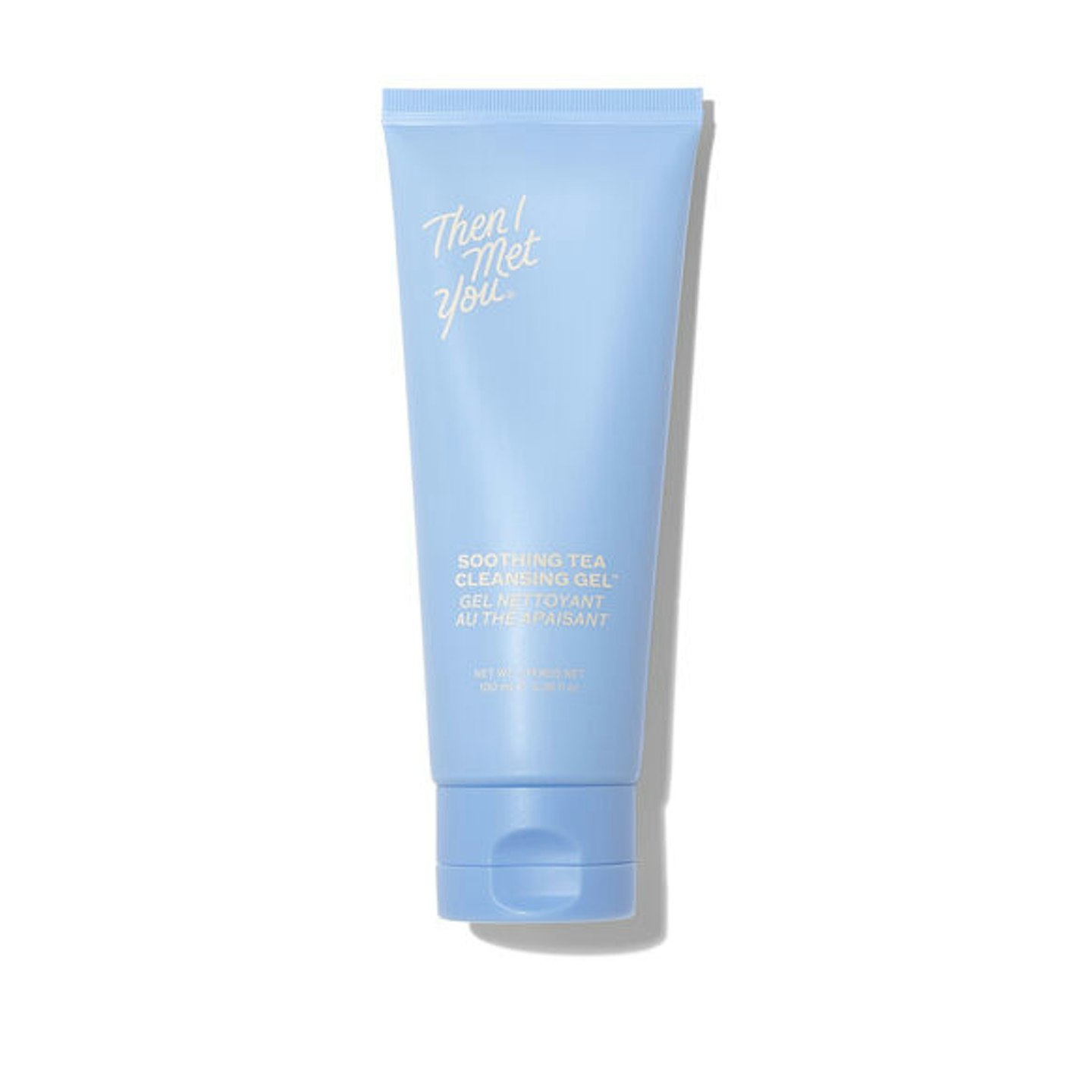
www.spacenk.com
This clarifying cleanser quickly gets to work by removing make-up and daily build up with its bouncy, jelly texture. It feels refreshing and gently cleanses without stripping the skin thanks to a combination of fermented rice water, a blend of PHAs and glycerin. It worked brilliantly on my acne-prone skin and left it feeling supple, smooth and calm.
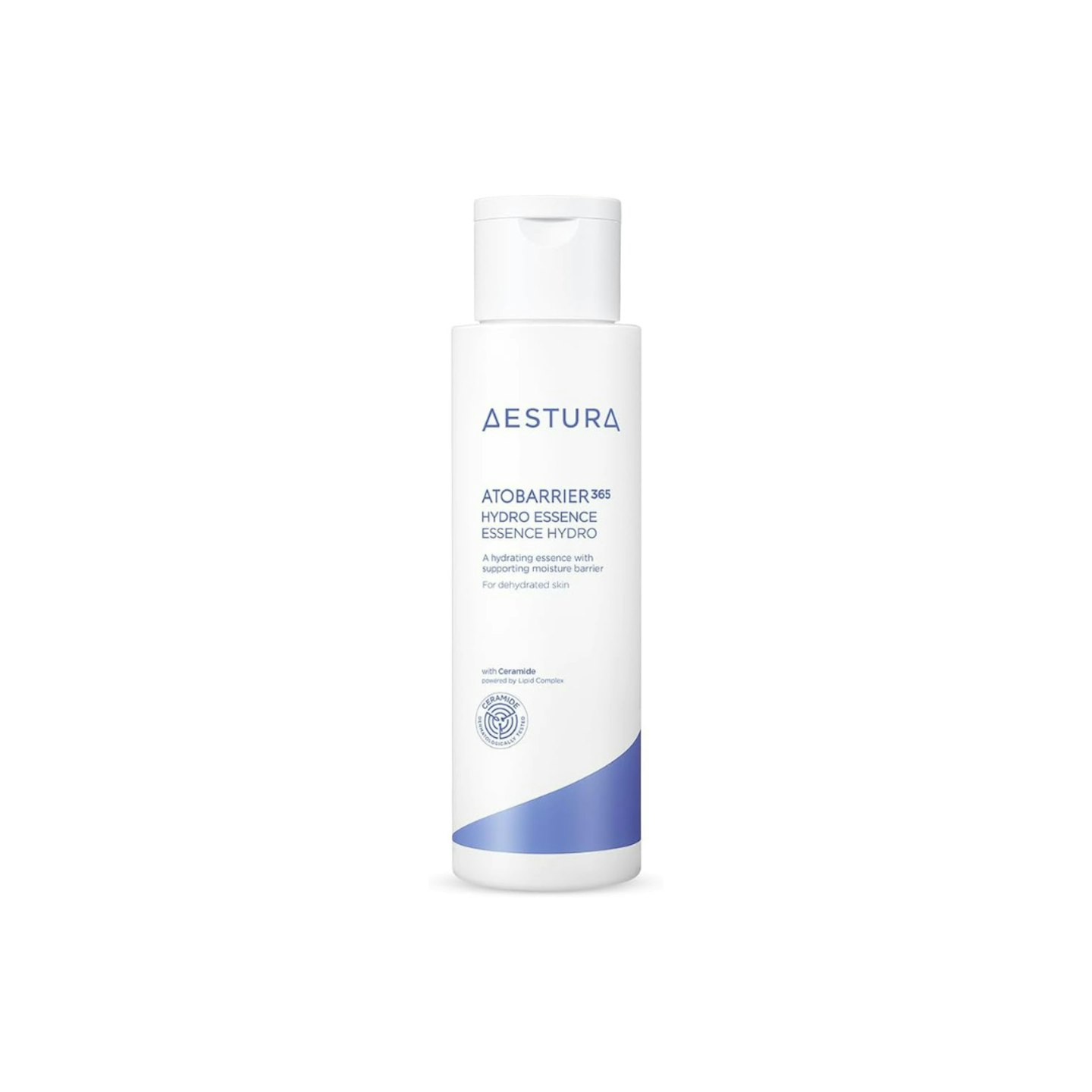
I've never taken to essences, deeming them insignificant in comparison to the other pillars in a healthy skincare routine. But this proved me wrong. Lightweight yet uber-hyrdating, it immediately quenches skin without a sticky residue and works as the perfect first layer for subsequent hydration products. For best results, pat on.
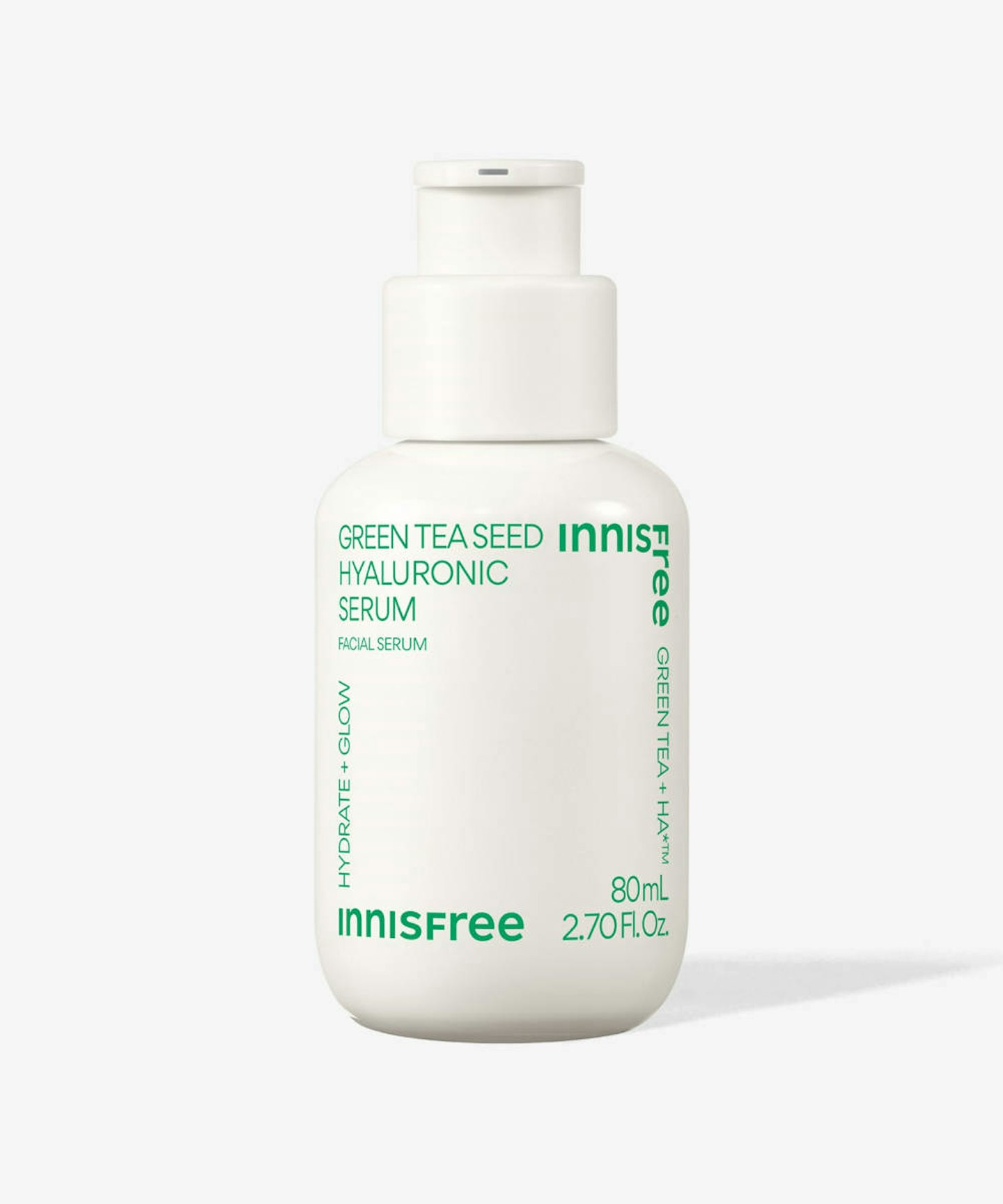
www.boots.com
When my skin felt super sore and inflamed, I relied on this to extinguish the fire. The cocktail of Beauty Green Tea™ (an antibacterial) with five types of hyaluronic acid, worked wonders and left my skin calmer by morning.
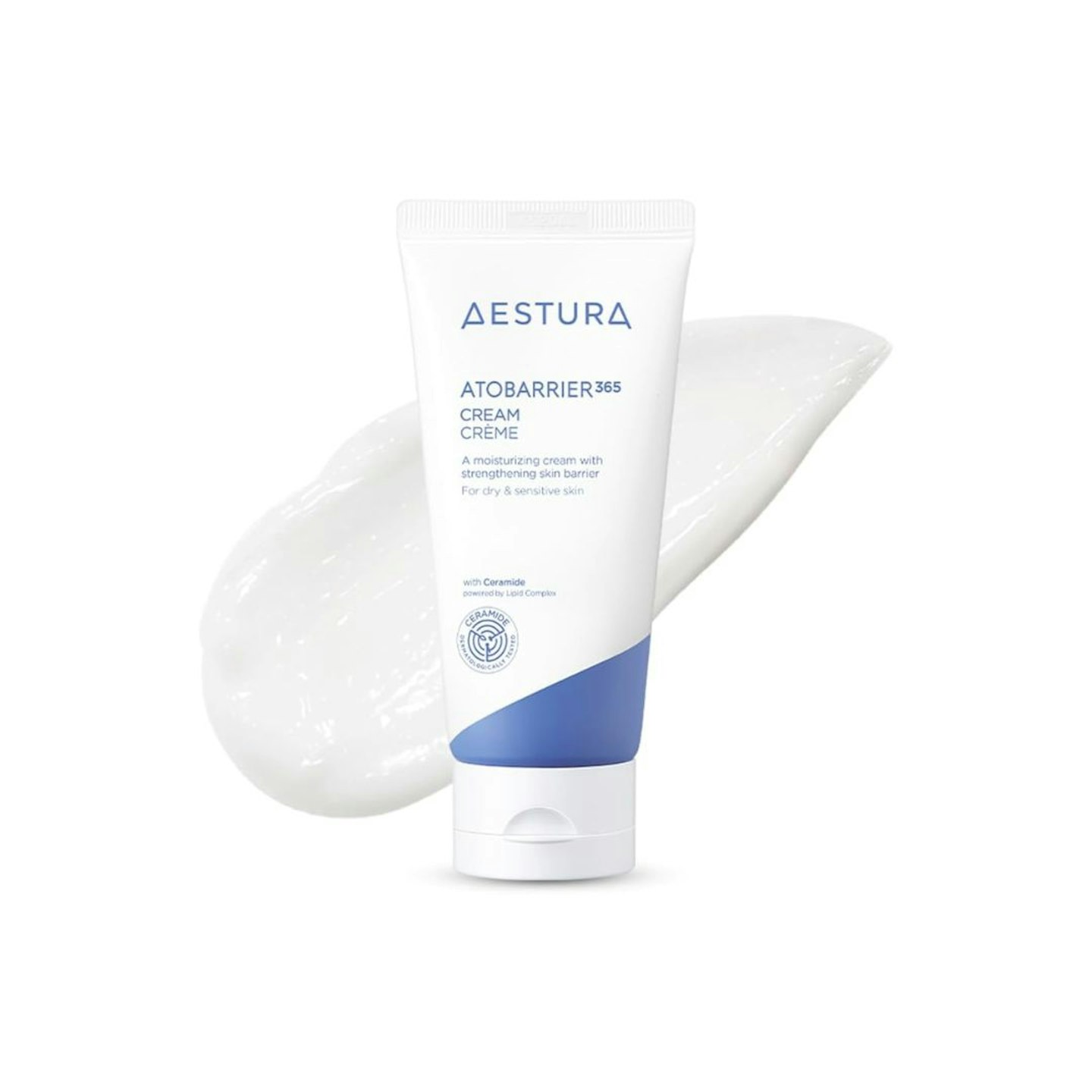
Respectfully, I have never used a moisturiser as cool as this. It is featherweight, almost whipped to the touch, and is loaded with micro moisture capsules that burst on application, flooding the skin with a skin-hugging blend of ceramide, cholesterol and a fatty acid complex to restore moisture levels and strengthen the skin barrier.
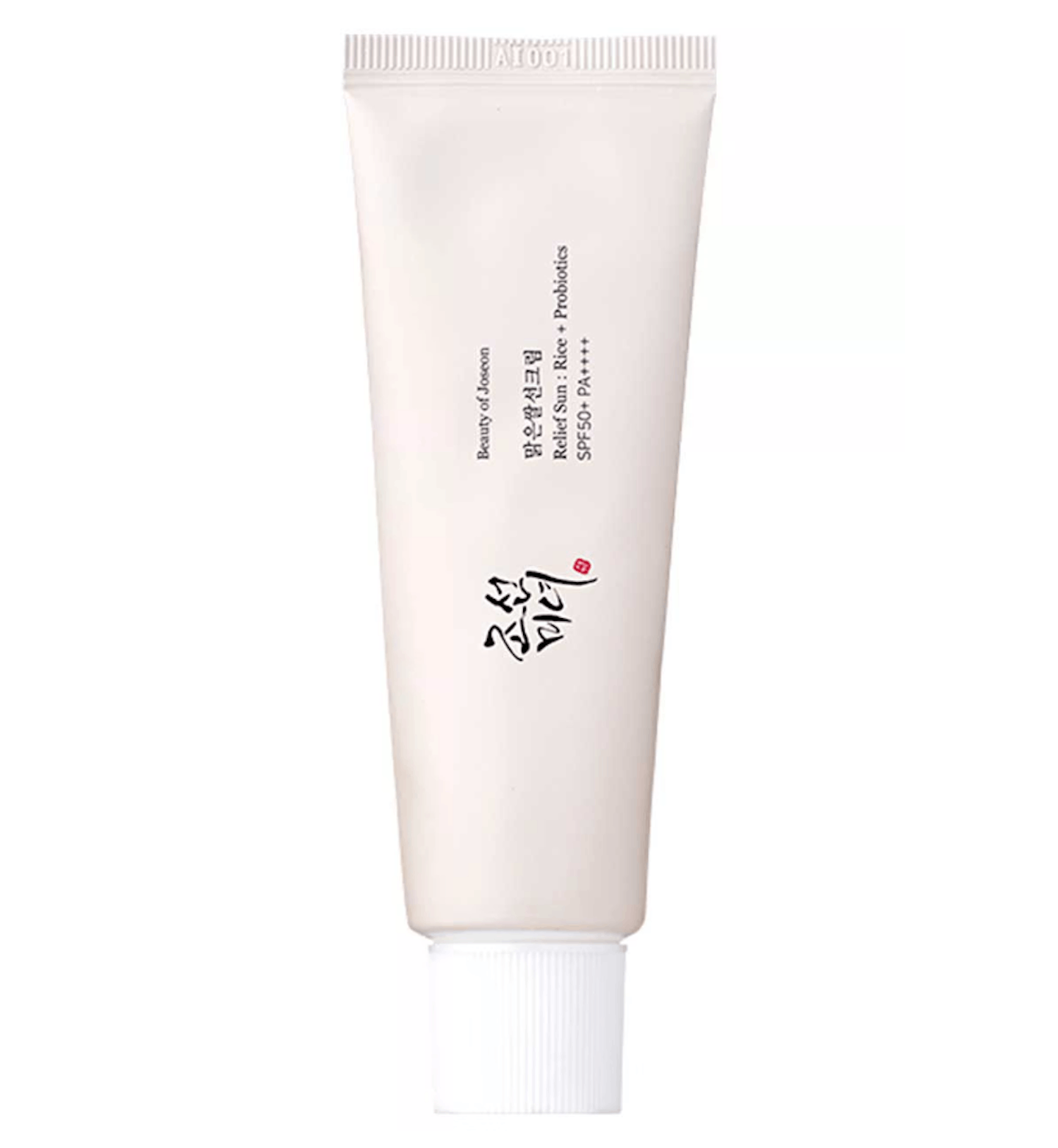
www.boots.com
You will have seen this do the rounds on TikTok and after using it, I'm not surprised to see why it's gone viral. The fluid and hydrating sunscreen feels light, soothing and breathable on the skin, all while protecting it with optimal SPF 50+ and PA protection.

www.boots.com
Perhaps the most well known lip balm out there. Loved by the likes of Kate and Lila Moss, this small but might K-beauty star is a perfect salve that quickly remedies dryness with a powerhouse of vitamin C, coconut oil and antioxidants. Use it on-the-go or as a nightly treatment for supple lips come morning.
Sameeha Shaikh is Grazia's beauty writer, working across all categories to bring you insights on the latest trends, industry news and the products you need to know about, viral or not (most probably viral).

